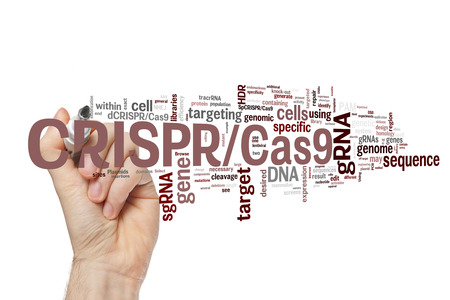A new method of CRISPR delivery has been developed by scientists at UNSW Sydney which could prove to be a safer and more direct method of delivering the gene editing tool than the adeno-associated viral (AAV) vectors currently used to deliver CRISPR to specific cells in the body.
While AAVs have a good track record of safety in clinical trials, there is a risk of an adverse immune response and toxicity. The AAVs may also be attacked by the immune system, which reduces the efficiency of CRISPR delivery.
The new approach uses liposomes to deliver the CRISPR payload to the specific locations in the body where genetic changes need to be made. Liposomes are spherical vesicles made out of the same material as the cell membrane and have previously been shown to be highly effective for delivering pharmaceutical drugs.
Liposomes are relatively easy to create and pharmaceutical drugs can be loaded into the cell membrane bubbles and injected into the body, with the contents transferred into cells safely and efficiently. Liposomes offer considerable advantages over AAV vectors, which can cause reactions that are difficult to predict in patients.
Loading these liposomes with CRISPR-Cas9 and the gRNA that instructs the enzyme component where to make the cut was relatively simple. The problem faced by the scientists was how to ensure the CRISPR machinery was delivered to the right cells at the right time.
Their solution was light activated liposomes, which discharge the contents immediately on exposure to light. The researchers report that they have successfully ejected the CRISPR payload with an LED light in cell lines and animal models, with the latter possible up to a centimeter below the skin surface. While this approach of disrupting the cell membranes of the liposomes is limited, the scientists believe they will be able to develop their system to allow liposome disruption using X-rays to allow CRISPR to be delivered effectively at tissue depths of greater than one centimeter. Previous studies by the scientists have demonstrated X-rays can be used to trigger a discharge of the contents of liposomes.
The researchers suggest this approach could be effective at delivering targeted CRISPR cancer therapies and could potentially service as an alternative to chemotherapy. While chemotherapy is effective at destroying cancer cells, it is not targeted, so the drugs also damage health cells.
You can read more about the research in the paper –Spatial and Temporal Control of CRISPR-Cas9-Mediated Gene Editing Delivered via a Light-Triggered Liposome System – which was recently published in the journal Applied Materials & Interfaces. DOI: 10.1021/acsami.0c16380
